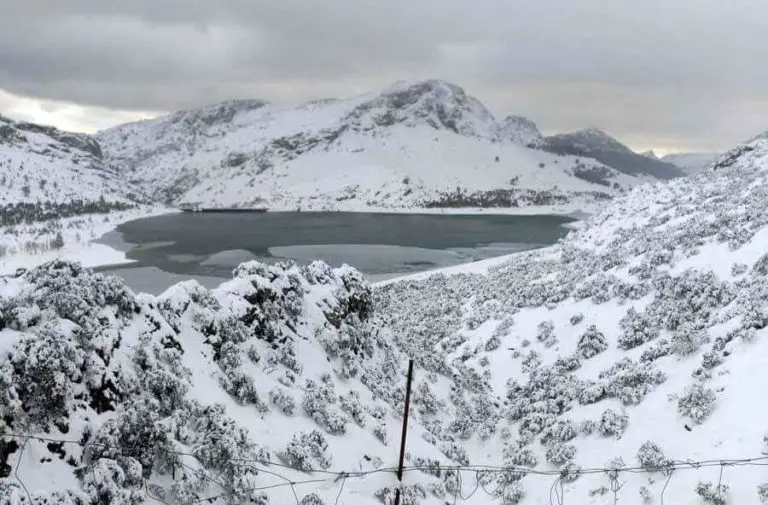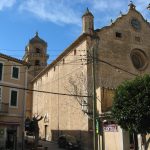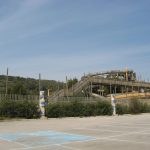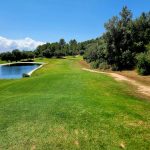Table of Contents
The stunning Serra de Tramuntana is a mountain range that runs along the northwestern coast of Majorca. Designated a UNESCO World Heritage Site in 2011, this jagged landscape is characterised by imposing limestone peaks, ancient terraces, peaceful mountain villages, and panoramic Mediterranean views.
For visitors, the Tramuntana mountains offer a wealth of opportunities for adventure, relaxation and discovering Mallorca’s rich culture and history. From hiking the legendary GR221 trail to sampling the island’s finest wines, there are activities here to satisfy every interest.
An Introduction to the Serra de Tramuntana
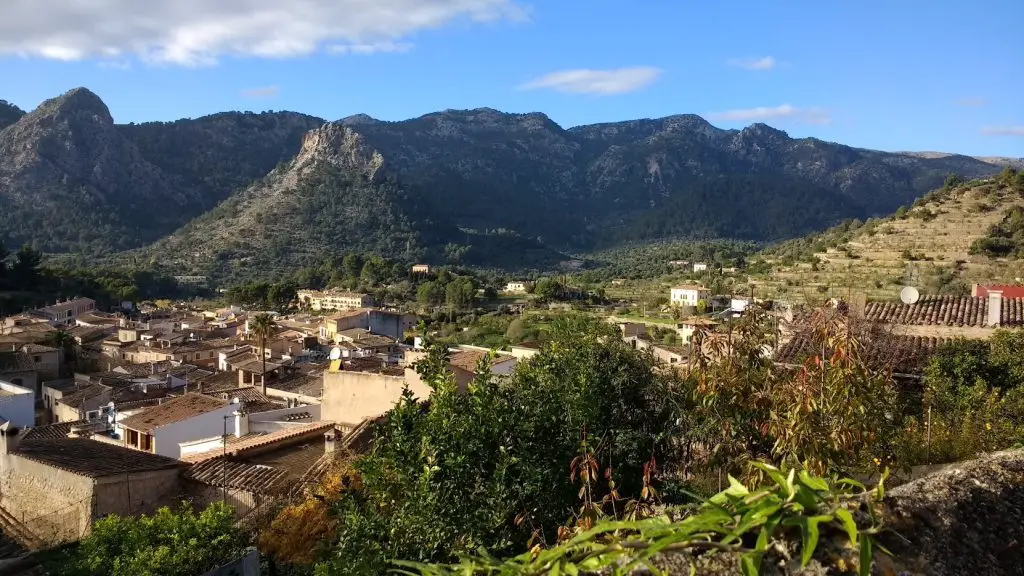
Location
The Serra de Tramuntana stretches approximately 90 km from the town of Andratx in the southwest to the Cap de Formentor peninsula in the northeast. The mountains occupy the northwestern portion of Mallorca, parallel to the island’s northwest coastline.
Terrain and Climate
The highest peak is Puig Major, standing at 1,445 m. Over ten summits exceed 1,000 m in the Serra de Tramuntana range. The mountains also host Mallorca’s deepest cave system (Cova de sa Campana) descending 358 m underground.
With an annual rainfall of up to 1,507 mm in parts, the climate here is significantly wetter than elsewhere on Mallorca. Winters can bring snow, leading to temporary road closures through the higher mountain passes.
Villages and Towns
Picturesque villages scatter across the Tramuntana landscape, exemplified by stone architecture and cobbled streets. Notable settlements include Valldemossa, Deià, Sóller, Banyalbufar and Fornalutx – routinely ranked among Spain’s loveliest villages. Larger towns situated near the mountains like Pollença, Alaró and Andratx also serve as excellent holiday bases.
History and Culture
The Tramuntana mountains have a rich history spanning several centuries. Terraces carved into steep valley sides date back to the Moorish period when early settlers cultivated olive and citrus crops. Dry stone walls crisscrossing the hillsides also originate from ancient farming practices.
This harmonious balance between humankind and nature led UNESCO to designate the Tramuntana range as a ‘cultural landscape’ upon awarding its World Heritage status.
Activities and Attractions

Hiking and Walking
With endless footpaths traversing hills and coastlines, the Serra de Tramuntana is a haven for keen hikers. Route options cater to all abilities – from family-friendly strolls to multi-day treks across the entire mountain chain.
The GR221 Dry Stone Route
The most famous path is the GR221 long-distance trail connecting Andratx to Pollença. Walkers tackle this 8-stage trek over 140 km, crossing forested hillsides and quaint mountain hamlets. Overnight refuge accommodation punctuates each segment.
Day Hikes
For shorter day hikes, recommended routes include:
- Puig des Teix summit (1062 m) above Valldemossa
- Hermitage of Maristella walk from Esporles
- Torre Picada and Camí des Correu trails
Coastal Paths
Pretty seaside trails also tempt walkers, especially the coastal path from Andratx to Sant Elm and scenic coastal circuit of the Formentor peninsula.
Cycling
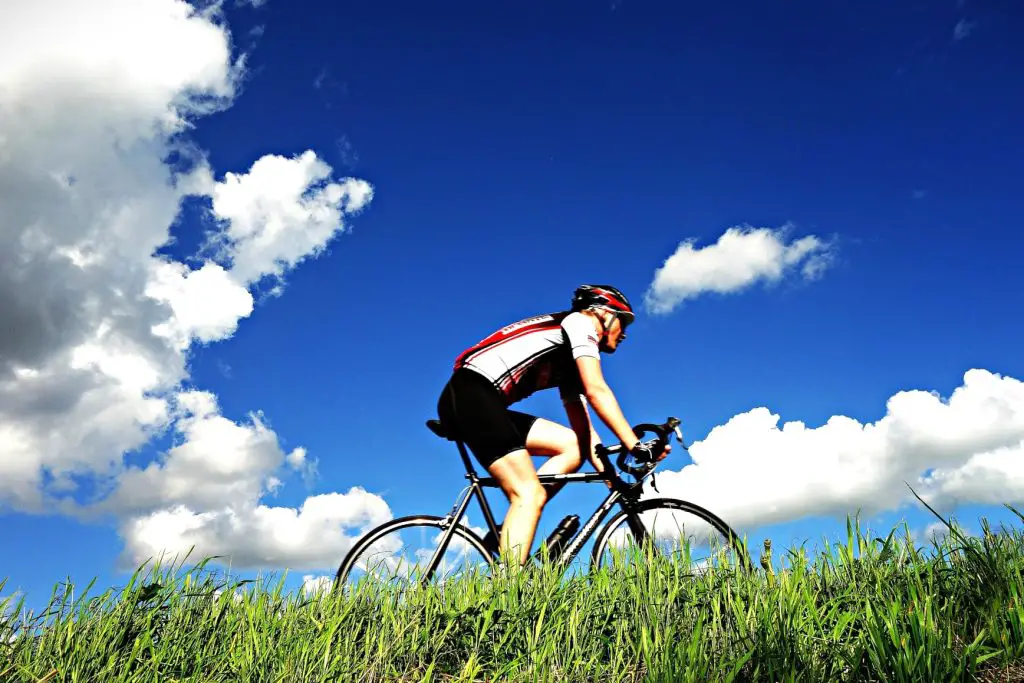
Mallorca’s mountains offer cyclists intensely scenic rides along narrow switchback roads. The most thrilling descent runs from Coll de Sóller to the coastal inlet at Sa Calobra. This area provides professional cycling teams with essential off-season training terrain.
Road Cycling
Classic road cycling routes include:
- Andratx to Banyalbufar
- Valldemossa to Sóller
- Sóller to Lluc monastery
Mountain Biking
For mountain bikers, signed trails around Alaró, Orient and Santa María del Camí deliver picturesque off-road riding.
Wine Tasting
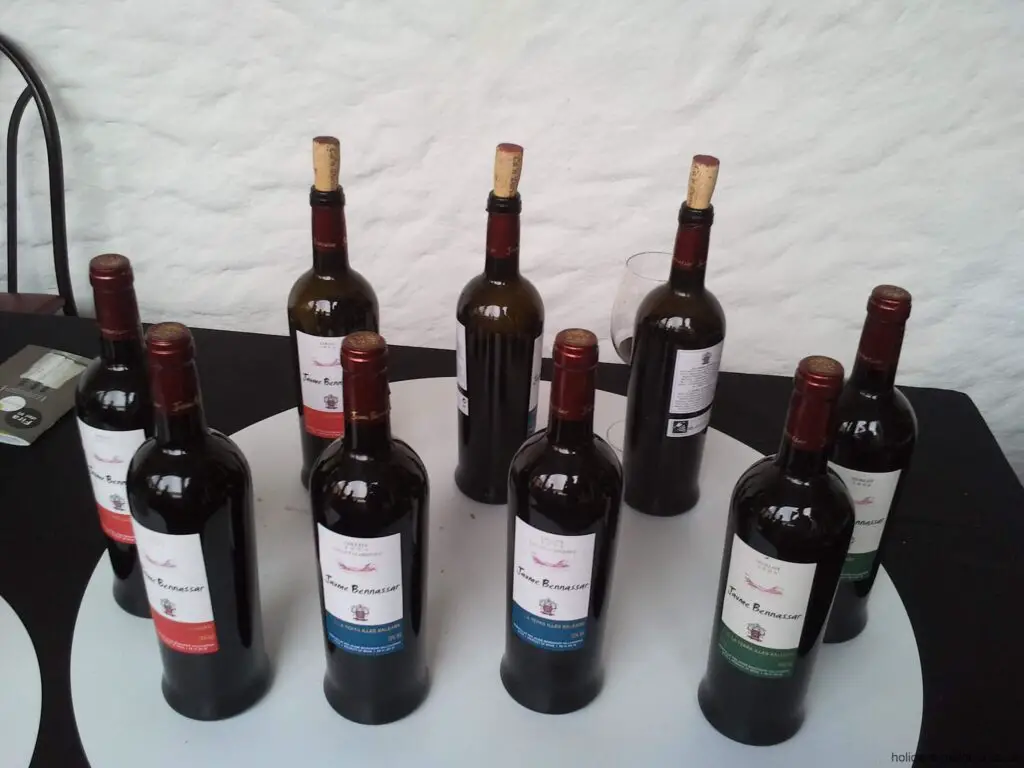
Vineyards thrive across the Tramuntana slopes, producing distinguished local wines. The area’s dry climate, cooling winds and stony soils nurture vines ideally suited to quality winemaking.
Grape Varietals
White Malvasia and Prensal Blanc grapes perform well in the Tramuntana terrain. Predominant reds include Callet, Manto Negro and the indigenous Moll (or Moll de sa Vinya).
Notable Bodegas
Many picturesque wineries welcome visitors for tours and tasting. Top estates to visit include:
- Bodegas Son Vives (palette of excellent Pinot Noir and Chardonnay wines)
- Can Axartell (boutique winery near Banyalbufar village)
- Ca’n Pico (rustic agroturismo serving delicious barbecue lunches)
Luxury Hotels
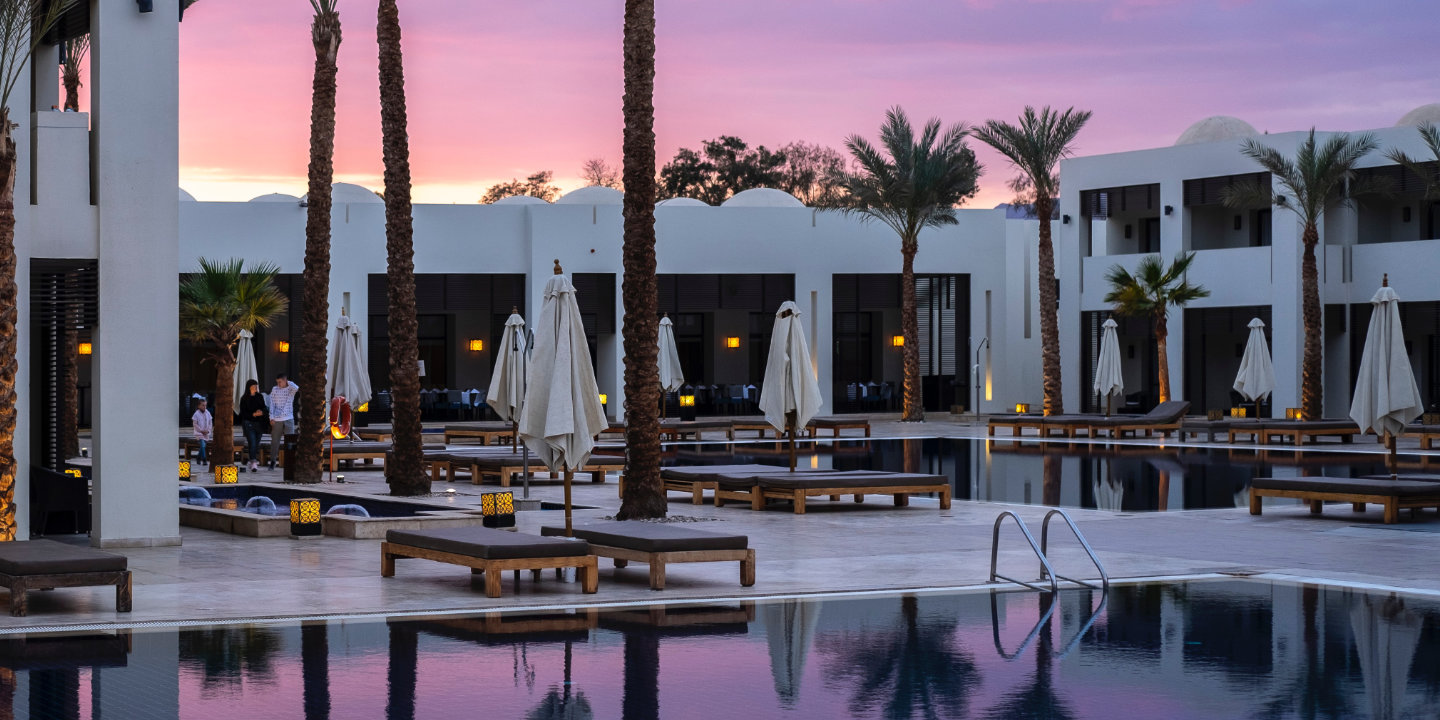
For ultimate relaxation, the Serra de Tramuntana contains some of Mallorca’s most luxurious hotels. Pamper yourself with spa treatments, Michelin-star dining and infinity pools overlooking spectacular scenery.
Top Luxury Hotels
Belmond La Residencia (Deià) – charming manor house hotel amidst sublime gardens
Gran Hotel Son Net (Puigpunyent) – elegant 17th-century estate with contemporary suites
Castell Son Claret (Calvia) – refurbished castle providing lavish mountainside accommodation
Tramuntana Villages and Towns
Valldemossa
This postcard-perfect settlement clings to a hillside 20 km northeast of Palma. Valldemossa’s labyrinth of cobbled alleyways burst with flowering planters lining ancient stone façades. The town’s cultural claim to fame lies in its ancient Carthusian monastery where composer Frédéric Chopin and his lover George Sand spent one fateful winter in 1838.
Top sights
- Real Cartuja de Valldemossa monastery
- Casa Museo de Cartuja – the monk’s cell where Chopin & Sand resided
- Birthplace house museum of Catalina Thomàs – 19th century Mallorcan missionary nun
Deià
Nestled at cliff base overlooking the sea, this pretty whitewashed village has hosted artistic celebrities like poet Robert Graves, musician Mike Oldfield and actor Michael Douglas over the years. Deià’s laidback ambience and spectacular sunsets draw tourists to unwind amongst its hilly streets and cafés.
Top sights
- Casa Robert Graves – museum at the former home of British writer Robert Graves
- Cala Deià – the village’s picturesque rocky cove edged by hills
- Restaurants & bars with sublime sea views
Sóller
Situated inland within a fertile valley, Sóller serves as the Tramuntana’s commercial hub. Its Modernista architecture reflects past prosperity from the orange and lemon trade. An antique wooden tram shuttles tourists down to the coastal satellite resort at Port de Sóller.
Top sights
- Banco de Sóller building – the town’s most impressive Modernista structure
- Tramvia de Sóller – vintage tramway running through town down to the port
- Saturday market in Plaça de la Constitució – lively weekly market since the 13th century
Banyalbufar
Extensive ancient terraces clad this tranquil hillside village’s steep slopes. Banyalbufar contains Mallorca’s highest coastal mountain terraces clinging 650 m directly above the sea. Today the area continues its agricultural legacy with vineyards cultivating grapes ideal for fine wines.
Top sights
- Marjades – stone terraces plunging into the sea, perfect for sunset panoramas
- Es Verger winery – producer of esteemed ‘Terroir’ wines made from local Malvasía grapes
Fornalutx
Fornalutx wins votes as Spain’s prettiest village thanks to its picturesque setting on a hillside overlooking orange tree orchards around Sóller. Medieval charm oozes through its maze of flower-decked cobblestone passageways and quintessential stone houses.
Top sights
- Plaça d’Espanya – the village’s atmospheric central square framed by charming buildings
- Font de sa Plaça fountain – historic 17th-century washing fountain
- Scenic hiking trails – connector footpaths to Sóller and Deià villages
Planning Your Tramuntana Holiday
The Serra de Tramuntana caters to all visitors – whether you seek adventurous activities, cultural discovery or serene relaxation immersed in nature.
When to Visit
Mallorca enjoys pleasant weather for most of the year. For hiking and cycling, spring and autumn provide ideal conditions. Summers tend to be hotter especially inland. Winters bring more rainfall, but temperatures remain mild enough for walking and sightseeing.
During July-August European holidaymakers flock to the island, so visiting before or after peak summer allows more room to appreciate the Tramuntana’s peaceful charms.
Getting Around the Mountains
Car
A rental car provides the greatest flexibility exploring the Serra de Tramuntana. Spectacular mountain roads link scenic villages across the entire region.
Public Transport
Buses connect main towns like Sóller, Valldemossa and Pollença. The antique wooden train offers delightful journeys between Palma and Sóller.
Tours
Various companies provide guided hiking, cycling and sightseeing tours tailored for individuals or groups. Booking a knowledgeable local guide enhances understanding the mountains’ cultural heritage.
Serra de Tramuntana FAQ
The Serra de Tramuntana is a stunning mountain range that runs along the northwestern coast of the Spanish island of Mallorca. It was designated a UNESCO World Heritage Site in 2011.
The Serra de Tramuntana stretches approximately 90 km from the town of Andratx in the southwest to the Cap de Formentor peninsula in the northeast of Mallorca. The mountains occupy the northwestern portion of the island.
The highest peak is Puig Major, at 1,445 meters. Over ten summits in the Tramuntana range exceed 1,000 meters. Due to the altitude, the climate is wetter than other parts of Mallorca, with annual rainfall up to 1,507 mm in parts. Winters can bring snow.
Picturesque mountain villages are scattered across the landscape, including Valldemossa, Deià, Sóller, Banyalbufar and Fornalutx. Larger towns like Pollença, Alaró and Andratx also serve as holiday bases.
Terraces carved into the mountains and dry stone walls crossing the hillsides date back to Moorish settlers cultivating crops here centuries ago. This balance between nature and agriculture led to the Tramuntana being designated as a UNESCO ‘cultural landscape’.
Activities include hiking trails like the famous GR221 long-distance path, cycling the scenic mountain roads, and walking pretty coastal trails.
The dry climate nurtures vineyards producing distinguished local wines. Top estates to visit for tastings include Bodegas Son Vives, Can Axartell and Ca’n Pico.
Some of Mallorca’s most luxurious hotels can be found in the Serra de Tramuntana, like Belmond La Residencia in Deià, Gran Hotel Son Net in Puigpunyent and Castell Son Claret in Calvia.
Top village destinations include Valldemossa, Deià, Sóller, Banyalbufar and Fornalutx. Larger towns like Pollença, Alaró and Andratx also make good holiday bases.
The weather is pleasant much of the year, but spring and autumn provide ideal conditions for hiking and cycling. Summers can be very busy with tourists.
Click to show map!

Mark Kaye is a travel writer and content creator living in Majorca, Spain. Originally from the UK, Mark moved to the island and quickly fell in love with Majorcan culture, food, and scenic landscapes. When he’s not busy writing detailed guides about Majorca’s top tourist attractions and hidden local gems, you can find him out exploring coastal trails or wandering the streets of Palma’s Old Town in search of his next great restaurant discovery.

